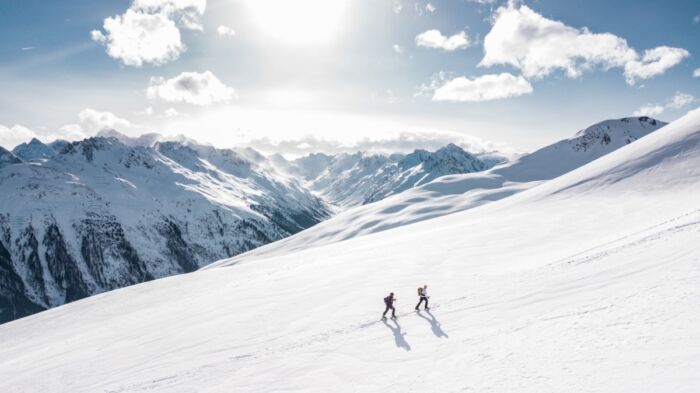
“In the Italian mountains, snow is now only needed for the landscape, not for skiing.” And despite the evidence of climate change, the Regions continue to invest hundreds of millions of euros to maintain and artificially snow up totally useless plants. Legambiente denounces it in the report “Nevediversa – The world of alpine skiing in the era of the energy transition”, where he lined up hundreds of disused, abandoned, now old and obsolete ski lifts, or structures for winter sports temporarily closed due to lack of of snow, for economic problems or for technical end of life.
Stories reported by Legambiente indicate the urgent need to rethink the winter tourism offer: this is why the environmental association is also launching its decalogue today. Among the main points included, listen to the experts on the climate, put a stop to the immoderate use of artificial snow and basins, have the courage to stop the contributions for alpine skiing to places below 1500 meters, put a limit on the enhancement large plants at high altitudes and reduce the pressure on the most delicate high mountain environments, saying stop the proliferation within protected areas and Natura 2000 sites. On the other hand, it is important to promote the multiple activities that can be carried out on average and low mountains creating the conditions for using local, human and material resources; to enhance positive sustainable experiences, to involve local communities and to start training courses on the climatic emergency and the enhancement of the territory.
“In the years of the economic boom – explains Vanda Bonardo, national manager of the Alpi Legambiente – the territories have located plants often in areas unsuitable for skiing, even at very low altitudes, even below 1000 meters above sea level. We are talking about systems – including ski lifts, chair lifts and gondola lifts – that we surveyed in this report while remembering how climate change is making the mountains increasingly vulnerable and fragile”.
Returning to the Nevediversa report, Legambiente also focuses on “cases of persistent therapy” and on the fact that public money is used to finance not only large high altitude resorts, but also to revive ski resorts where artificial snow is now the norm.
Yet rethinking winter tourism in a more sustainable key is not an impossible challenge. This is demonstrated by several good practices of sustainable tourism launched in the area such as the Snow & Nature project of the Casentinesi Forest National Park, Monte Falterona and Campigna which provides a rich calendar of events including snowshoeing, dog sledding, visits to the park’s planetarium, festivals. Or the activities put in place by Majambiente, a company born in 1994 in Caramanico Terme, formed by a group of Local Guides who offer excursions, e-bike routes, and who manage a visitor center with a naturalistic and archaeological museum, a fauna museum, information offices located in some municipalities in the Orta Valley, a wildlife area, a botanical garden and a scientific guesthouse with 25 beds.
Besides good practices, there are also stories of reconversion of old plants. For example Caldirola, in the province of Alessandria, Alta Val Curone, today thanks to mountain biking, a golden season is reviving, as it happened in the 1960s when it was a renowned ski resort. Another example comes from the Aosta Valley where the municipalities of Etroubles, Saint-Oyen and Saint-Rhémy-en Bosses, in the Gran San Bernardo valley, have chosen not to renew the low-altitude lifts and instead to focus on a tourist offer centered on nature and culture.
“These good practices – explains Sebastiano Venneri, Legambiente tourism manager – mark a change of perspective and turning point: places that were once seen only as destinations related to skiing begin to become places where it is possible to walk all year round, pass moments of relaxation in the whitewashed or less whitewashed woods This is why it is important to encourage the spread of these new forms of sustainable mountain tourism throughout the territory”.